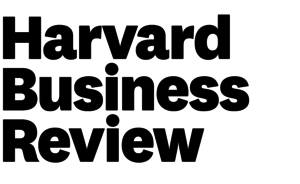Build the business case for sustainable procurement
Aligning procurement objectives with your organisation's sustainability goals can redefine procurement as a strategic contributor to business solutions ³. First, evaluate the overlap between your commitments to sustainable procurement and overall organisational priorities. This analysis will underline the integral role of procurement and supply chain in supporting your sustainability agenda. Engaging suppliers to demonstrate quick wins can earn leadership's trust, paving the way for broader, more transformative proposals in the future. Document financial savings associated with some of your sustainable procurement projects where possible. Sharing these successes will help strengthen the business case for sustainable procurement.⁴ ⁵
EXAMPLE: Strategic supplier partnerships for reusable in-store displays at Best Buy
Best Buy aimed to redesign its in-store display units, made from various materials, for reuse and cost reduction.⁶ Success required cross-departmental alignment, involving stakeholders from store operations to branding and strategic engagement with suppliers to identify sustainable material substitutions.
EXAMPLE: Aligning sustainability with business priorities at NSG Group
NSG Group created a cross-functional steering group to create a consensus on aligning sustainable procurement with organisation-wide business priorities. This included highlighting the connections between sustainable supply chains and meeting rising consumer and investor expectations for sustainability, compliance requirements, reducing risks, and increasing employee engagement.⁷



![[PUBLIC] The Procura+ Manual: A Guide to Implementing Sustainable Procurement: Chapter II cover](http://images.ctfassets.net/9wz1ed4si6rc/ZZvgeFRuPPOqYvEY5YdCT/cede5981f35b5fa3fcb0909a0a8f7d03/image.png)
